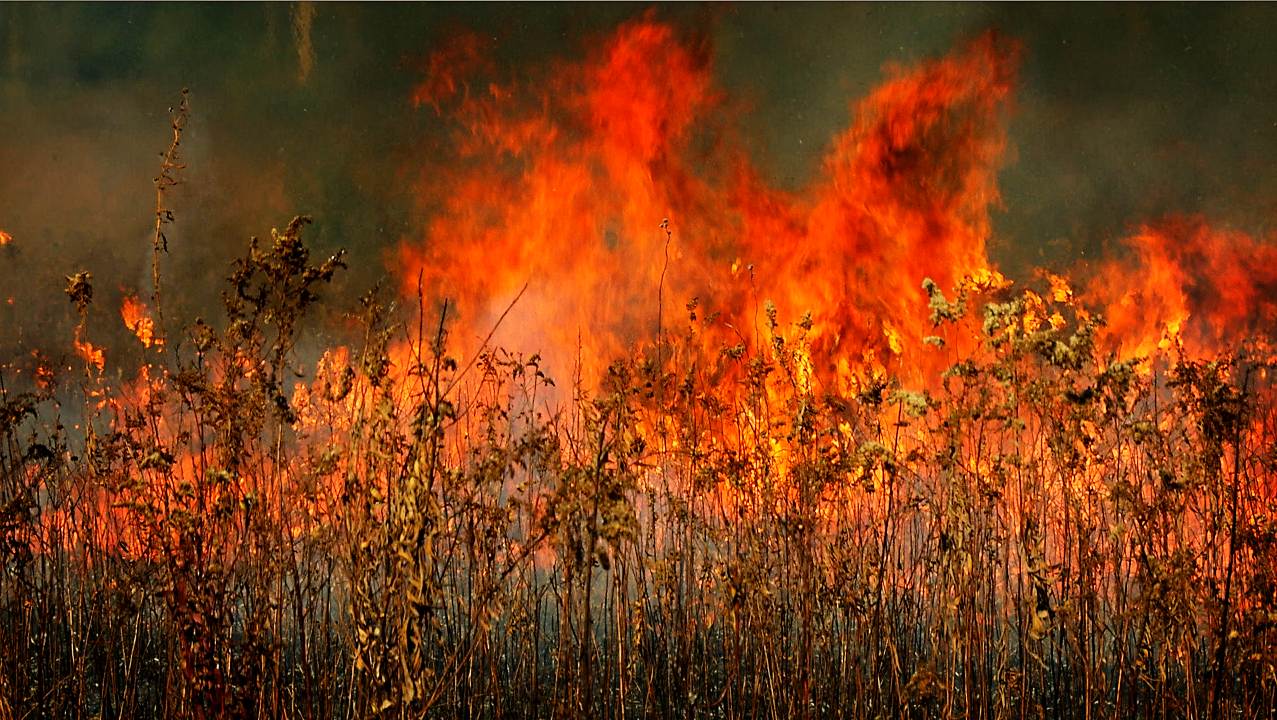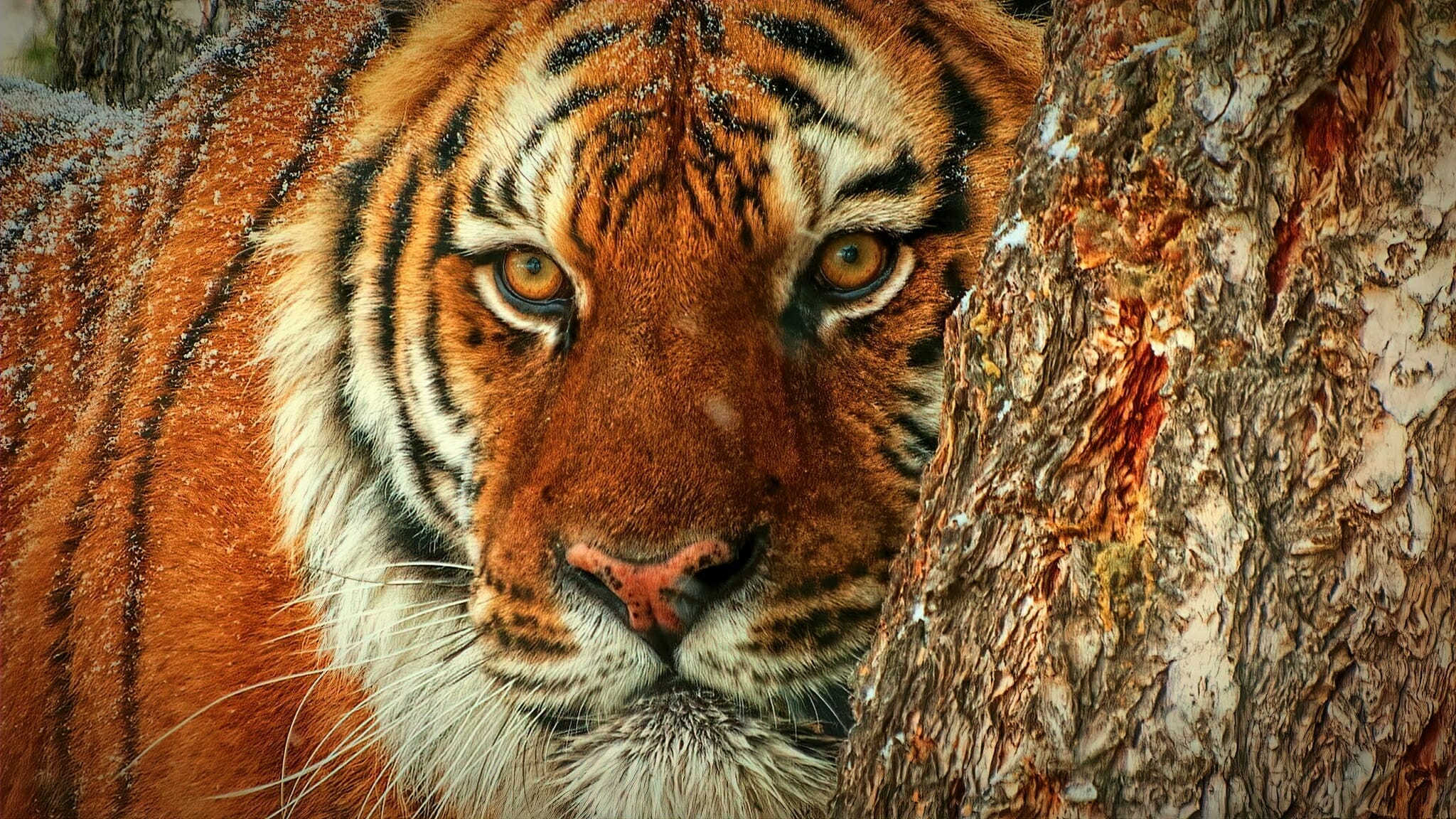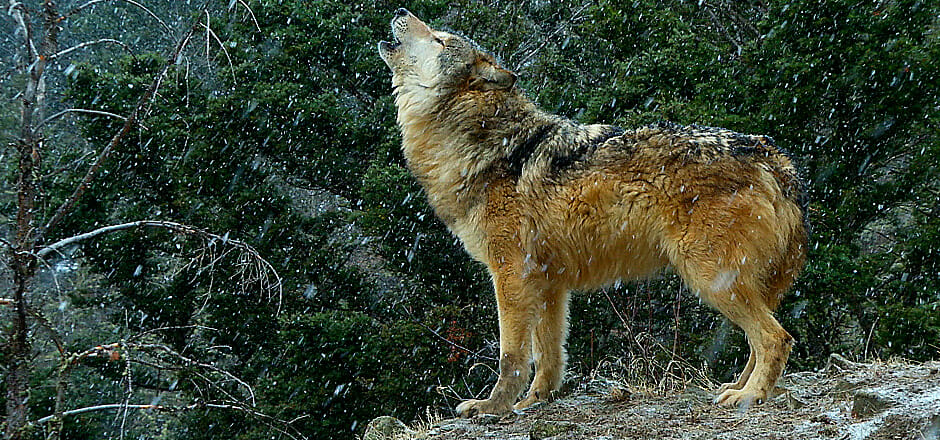Slow Burn: The Impact of Wildfires on Nature and Wildlife in America’s Heartland
Wildfires played an important role in developing the prairie ecosystem we know today, and the prevention of those fires has major consequences for those regions
The Eye of a Tiger – Life Through a Siberian Tigers Eyes
The Siberian tiger is one of the world's largest cats, but there are only a few hundred of them that exist, because they are considered endangered animals. To see life through a Siberian tiger's eye, you would have to go to remote places like far east Russia to film these rare creatures. The Siberian tiger is sometimes called the Amur tiger, and there are only four to five hundred of them in existence and they are all located in a small area that runs from Far East Russia through China. These countries are some of the best places to film wildlife because all different kinds of animals live and have habitats in them. The Siberian tiger is named so because of the cold climate it lives in, but unlike the myth that a Siberian tiger's coat turns white in the wintertime, they actually don't and are the normal orange and [...]
The Secret World of Bees
Bees are benevolent little workers who pollinate and beautify the blooms of the world. An integral part of the landscape, they burrow their furry yellow and black backs into the luscious center of flowers, gather nectar and then cross-pollinate other flowers. It's estimated that insects, particularly bees, are responsible for the growth of a third of humans' food sources. So how do these busy workers see the world? Scientists say that adaptations to how a species sees their environment, will allow the species to thrive more than others. So their evolutionary adaptations of bees' vision is very interesting. Ultra Violet Glory Bees see the world of blooms and plants in shades of ultra-violet (UV). They have a completely different color detection system compared to humans and use the UV spectrum, which is something that humans need machinery to achieve. The Floral Reflectance Database (FReD) was created by researchers at Imperial [...]
Wolves Keep the Ecosystem in Balance
In May of 2011 gray wolves were taken off of the endangered species list. This is the first time in history that the US Congress has taken this sort of action. The wolf is an apex predator, and has expanded into only small fractions of what had been its historical range over the last two decades, after nearly becoming extinct. An Apex predator is at the top of the food chain. They are crucial in conserving the health and well-being of the eco-system and the environment. If there were no predators, single species would become dominant. Because wolves are apex predators, it is imperative that they remain protected. Taking them off the endangered species list changes the population density. In 1966 congress passed the endangered species act. This law authorized the Secretary of the Interior to create an indexed list of the fish and wildlife that were endangered. Wolves have [...]






Leave A Comment
You must be logged in to post a comment.